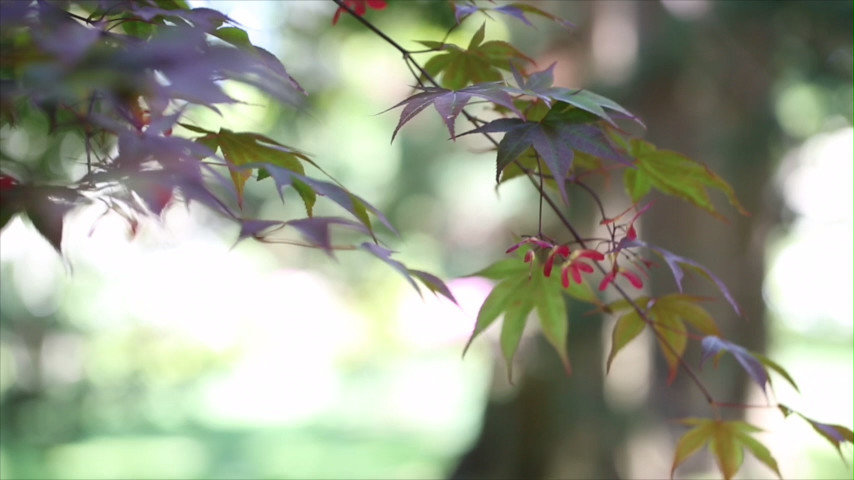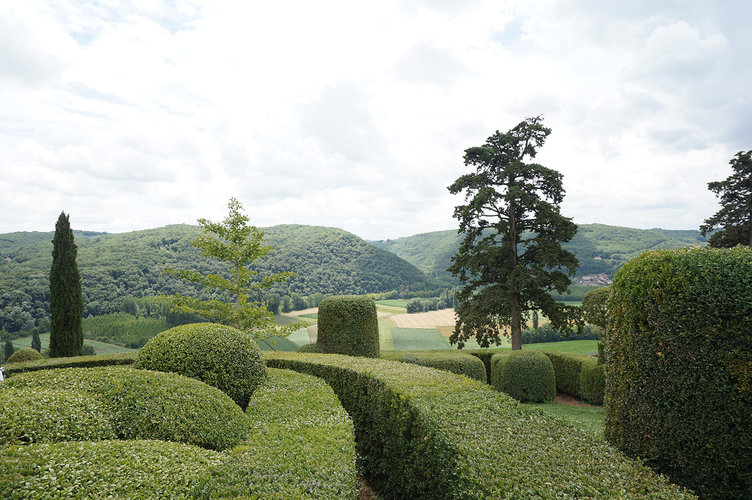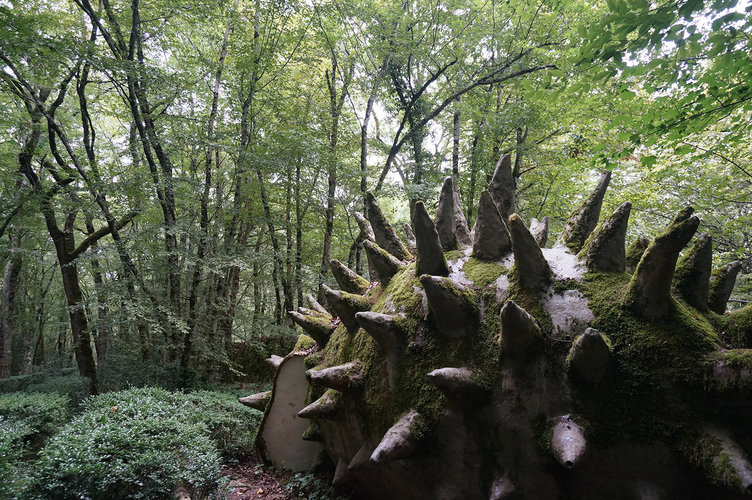
The Jardins du Marqueyssac were much anticipated, not by me so much as several of my friends who are vicariously joining me on this adventure. The rolling-folding-squirming boxwood seemed just too weird for my straight-line-right-angle taste. But this garden is one of the most famous in landscape architecture, and I am easily charmed by eccentricity.
What I did not expect was to be completely confounded. Why would anyone do something so strange? And to such an extent? And in such a forbidding environment? The garden is built upon a limestone plateau, with the boxwoods clinging to the crags of rock (thus the “suspendus” portion of the name.) The plants are nearly bonsai-like in their determination to grown in inches of soil. And the man who exerted his ambition to create endless pulsing congregations of boxwoods in such an environment could only be wealthy and crazy, in equal measures. So for at least an hour I explored, my mind struggling to find a reason for this madness (other than mental illness and deep pockets.) Suddenly, a small blond girl popped through a piece of hedge, squealing with delight and startling me into recognition—this is a garden for children! She, along with her brother and sister, were like characters in their own fairy tale. Squeezing through the wormy shapes, hiding from one another (and their parents), running full-speed down the long paths, splashing in the small pools—every detail of every element was envisioned and created specifically for their pleasure. And as the cloudy morning gave way to a sunny afternoon, more children arrived, and it became clear that this garden must be in every parent’s vacation guide to France. Trying not to be envious of their innocence, I watched them experience it the way all gardens should ideally be—wondrously and fully, with imagination and no expectation of perfection.












